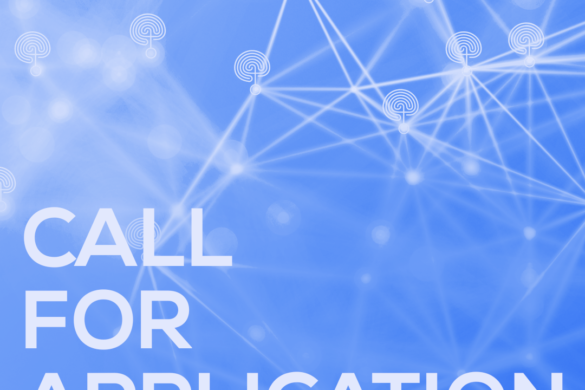 by Gian Luigi Lenzi
by Gian Luigi Lenzi
A few weeks ago I was confronted with a striking consideration on the burden of scientific production in neurosciences that by no means individuals can ever be able to process and digest. Prof. Henry Markram from the École Polytechnique Fédèrale de Lausanne, CH, gave a Lectura Magistralis in Pavia and in one of his slides he showed that the papers published in peer reviewed journals in neurosciences numbered at more than 100.000 for the current year 2013. And nearly one million in the previous decade. I am considering myself an eager reader of neurological papers, and my interests spread to neurobiology, neuroimaging, psychiatry and psychology. So perhaps the number of papers that I am theoretically presumed to read may amount to ~ 50,000 for the year 2013 and to 500,000 for the previous decade. But I am not ashamed to confess that I have reached only 1/20th of that amount, and in many instances I even limited myself to reading the abstracts only.
It is therefore possible that I have missed important news, important data, just because of the avalanche of scientific production.
Probably many colleagues, younger or as old as me, are facing the same problem: how to cope with these numbers?
I took the lead from Science from a Tweet, we are publishing “Science from a tweet” in Neuropenews for a few months now. That is, I will highlight a couple of papers published in the previous weeks / months and bring to the attention of Neuropenews readers, with a few lines explaining why we found these papers worth signalling over the many others that had not aroused my attention.
For this month (December 2013) the papers are:
A) FISHER M.; MRI screening for chronic anticoagulation in atrial fibrillation. Front. Neurol.; 4 ; 137; doi 10.3389/fneur.2013.00137
This paper is a very complete review on the actual problems due to the increasing number of old people with atrial fibrillation that are at high risk of ischemic thromboembolic stroke, and that are not treated with ACO due to the fear of haemorrhages.
B) AGUS S., BENECKE H. et al; Clinical and demographic features of vertigo: findings from the REVERT registry. Front. Neurol.; 2013 ; 4; doi 10.3389/fneur 2013.00048
Thinking of how many patients have been visited in my University Hospital Out-patient Neurological Clinic because of vertigo, I feel that many neurologists may enjoy this refreshment of an old, frequent and still unresolved problem. A companion paper has examined the financial burden of vertigo, and the data are astonishing.
Professor Gian Luigi Lenzi is Professor of Neurology in Rome, Italy, Vice President of the EFNS and Editor-in-chief of Neuropenews.




